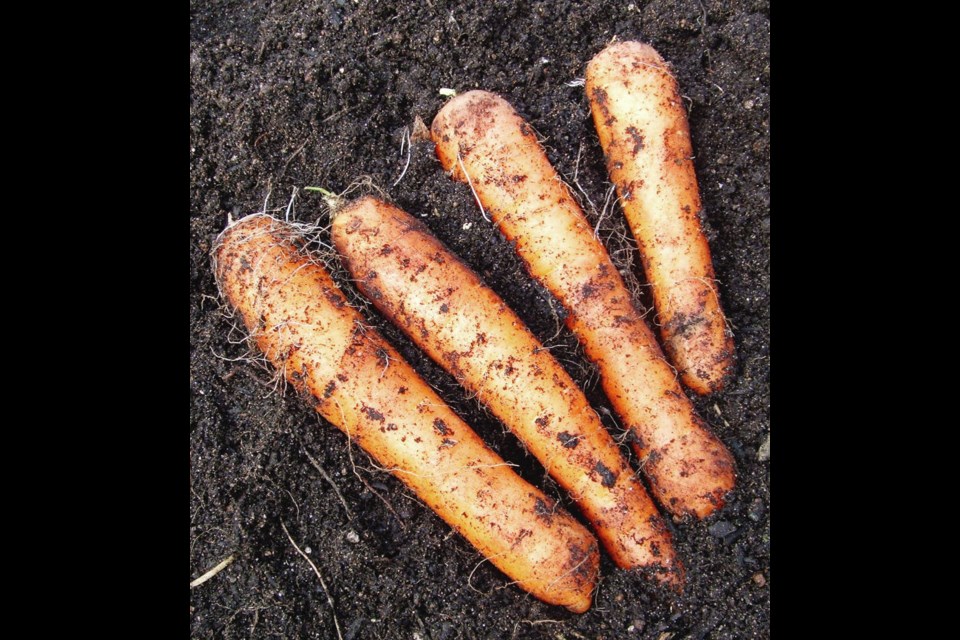In our coastal climate, February can be a tricky, undependable month. The forecasts I’ve seen don’t indicate any super-nasty weather, just a few light frosts overnight. Let’s hope that means a decent number of useable outdoor days to ready the garden for the upcoming spring growing season.
But first, focus on the seeds you’ll need. Seed companies are once again this year being inundated with orders. One company I deal with has had to put a two-week halt on orders while they catch up with orders already in and restock their seed supplies. It may take some time searching to find the seeds you want.
For gardeners who grow some of their own transplants, February is a big indoor seeding month as long as there is a cool place with good light for growing sturdy transplants once the seeds germinate.
In February, I aim at indoor sowings of leeks and onions, pansies and violas, snapdragon and sweet peas along with early cabbage, cauliflower and broccoli. I also start several varieties of lettuce, a frilly endive and an escarole. All of these can be transplanted outdoors in March or early April, depending on weather and soil conditions.
Outdoors, attending to a few projects can do much to ease the way to a smooth and enjoyable planting season. Consider these.
* Repairs. Fix broken trellises, wonky sections of fencing, unhinged gates and sagging pergolas.
* Greenhouse. Watch for a mild, dry day to empty the greenhouse and scrub down the walls and shelving. Anything to go back into the greenhouse should get a good scrubbing too.
* Plot preparation. As long as no heavy rains are predicted, and the soil is well-drained and not at all soggy, it is helpful to begin readying plots for seeding and transplanting. Decide where the earliest plantings will be located and prepare the soil in these places first. I’m hoping this month to prepare the plots for my main early outdoor seedings, beginning with broad beans, followed as early as possible in March with shelling peas and then a block of root vegetables — carrots, beets and parsnips.
I prepare the soil for planting these crops by digging in lime, a slow-release, natural-source fertilizer, and a generous layer of compost.
* Pruning. Early this month, remove old foliage from hellebores to improve their appearance and help protect them from fungal diseases. And for a really lovely display of early flowers on epimediums, cut away the old foliage, which would otherwise hide some of the bloom. New foliage will emerge later to freshen the planting.
* Compost. Uncover compost heaps and fluff them up a little to introduce air — a crucial element for efficient decomposition. Then recover, loosely, with a light tarp or plastic sheeting to trap heat, which also speeds the composting process.
* Lawns. As long as the ground is not squelchy underfoot, rake lawns clean. Apply lime if this was not done in the fall.
Spicy beets and other roots. The closely spaced “block” planting of carrots, parsnips and beets feeds me through the summer, fall, and winter. I make the bed 120 cm wide for easy reaching into the centre and to accommodate a floating row cover that I arrange over the plot as soon as it is seeded. The cover protects the carrots from rust fly maggot ruination and the beets from leaf miner. Parsnips germinate and grow well under the cover.
In February, I use the last of the root vegetables. The last carrots often go into soups and carrot cakes. My favourite use for the beets is to steam them tender, slip the skins, and chop them into a blend of balsamic vinegar, oil, Dijon mustard, salt, and maple syrup. Adding grated garlic and ginger root turns them into deliciously spicy beets. I use the spiced beets as a side dish and as an addition to green salads.
Pruning course. The Horticulture Centre of the Pacific, 505 Quayle Rd. in Saanich, is offering a course on Pruning Ornamental Plants on Wednesday, Feb. 17 and 24 from 6:30 to 9 p.m. with a followup hands-on practice session on Saturday, Feb. 27, 9 a.m. to 12 p.m. Masks are required. Cost is $105 for HCP members, others $125. For details and online registration go to hcp.ca/events. For safety regulations during the pandemic, go here. Register online or by phone: 250-479-6162.



